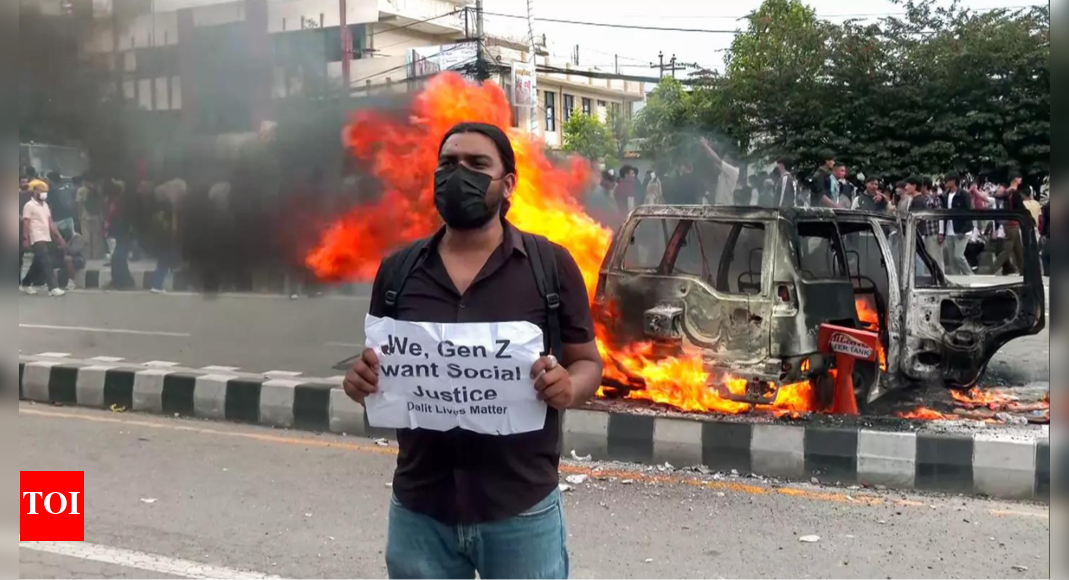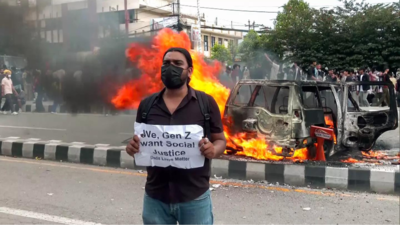“Forestall the ban on social media. Forestall corruption, now not social media,” chanted 1000’s of younger protesters outdoor Nepal’s Parliament, waving pink and blue nationwide flags. The rally, dubbed the protest of Gen Z, widely outlined as the ones born between 1995 and 2010, used to be now not handiest concerning the executive’s unexpected clampdown on 26 on-line platforms. It used to be additionally about one thing deeper: a requirement for responsibility, alternative, and freedom.For Nepal’s digitally local adolescence, web freedom is greater than leisure, this can be a political lifeline. International watchdog Freedom Area has known as it a “pillar of recent democracy,” stressing that no Twenty first-century democracy can serve as and not using a faithful on-line surroundings the place voters can each get entry to knowledge and categorical themselves freely.But, governments international are an increasing number of tightening their grip. Laws are incessantly presented within the identify of kid protection, cybercrime, or fraud prevention, says researcher Vesteinsson. “Sadly, numerous this legislation comes hand in hand with restrictive measures,” he provides.
What induced the protests?
The speedy cause for GenZ-led protests used to be the federal government’s unexpected choice to dam get entry to to primary social media platforms, together with Fb, Instagram, WhatsApp, YouTube, Snapchat, Pinterest, X, and Tencent-owned apps. Government justified the transfer via bringing up new rules requiring platforms to officially sign up within the nation, claiming the step used to be important to curb pretend IDs, hate speech, fraud, and different on-line crimes. The Nepal Telecommunications Authority used to be directed to implement the shutdown, with the federal government pronouncing get entry to could be restored handiest as soon as the firms complied.
Used to be it simply social media ban?
The ban temporarily struck a nerve with younger Nepalis, lots of whom see social media as now not only a software for verbal exchange but in addition a very important house for training, activism, and livelihood. The limitations had been perceived as heavy-handed and out of contact with the rustic’s digitally savvy era, sparking mass demonstrations that quickly went past web freedom to broader frustrations over corruption, governance, and shrinking alternatives.Whilst portions of the regulation required social media platforms to limit content material tied to kid trafficking, human trafficking, and exploitative exertions, undeniably essential protections, different provisions went additional, barring customers from posting anonymously. For critics, this shift used to be much less about protection and extra about regulate. By contrast backdrop, the GenZ protests represented a broader frustration. For younger Nepalis, who already face shrinking financial alternatives and a power tradition of corruption, the social media ban changed into a flashpoint.Many Nepalis imagine corruption is pervasive, and PM KP Sharma Oli’s executive has confronted complaint for failing to curb graft or unravel deep-rooted financial issues. For the rustic’s adolescence, the protests sparked via the social media ban mirror now not simply opposition to restrictions on-line but in addition broader frustration with unfulfilled guarantees and stagnant alternatives.

